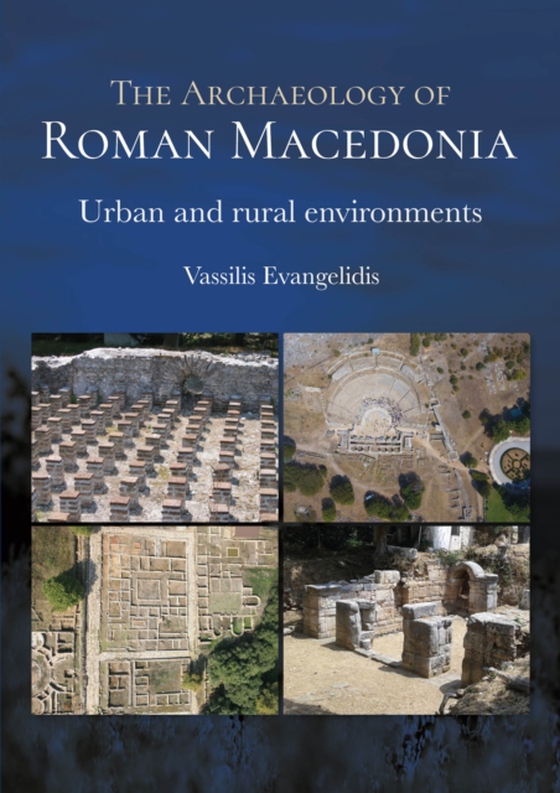
Archaeology of Roman Macedonia e-bog
278,81 DKK
(ekskl. moms 223,05 DKK)
Macedonia is a region that provides its own intriguing questions due to its position on the fringe of the classical Greek world. It is also an area which is of special interest to students of history and archaeology of Roman period Greece since it was the first to be incorporated in the Roman state. Macedonia shared a similar path of development with Achaea during the imperial period. As provin...
E-bog
278,81 DKK
Forlag
Oxbow Books
Udgivet
20 juni 2022
Længde
224 sider
Genrer
1DVWYM
Sprog
English
Format
pdf
Beskyttelse
LCP
ISBN
9781789258035
Macedonia is a region that provides its own intriguing questions due to its position on the fringe of the classical Greek world. It is also an area which is of special interest to students of history and archaeology of Roman period Greece since it was the first to be incorporated in the Roman state. Macedonia shared a similar path of development with Achaea during the imperial period. As provinces far from productive zones and frontiers, both played a minor role in the imperial administrative structure. Beneath this similarity, however, lie many differences: in Macedonia's proximity to the Balkans, its early contact with Rome, its relatively low level of urbanization, its multicultural context and its sizeable economy, which played their own role in the formation of the urban and rural environments.With a focus on elements of the built environment and human habitat, this book examines old and new archaeological evidence to present a concise overview of the archaeology of the area and develop a better perception of the region in terms of archaeology of the built environment, architecture and architectural influences, urbanization and use of land and resources from the 2nd century BCE to the early 4th century CE. Driven by a set of key questions that are addressed through the archaeological evidence, the book explores key issues in understanding the archaeology of the area, like the role of architectural tradition and innovation, the interdependency between practical bases of architecture and socio-cultural aspects, the exploitation of local resources, and the role of external influences. Special importance is given to the interaction of Greek, Roman and local cultures and the ways that the formation of the built environment eventually led to the assimilation of ideas from East and West in terms of workmanship, use of materials, design and function.
 Dansk
Dansk

